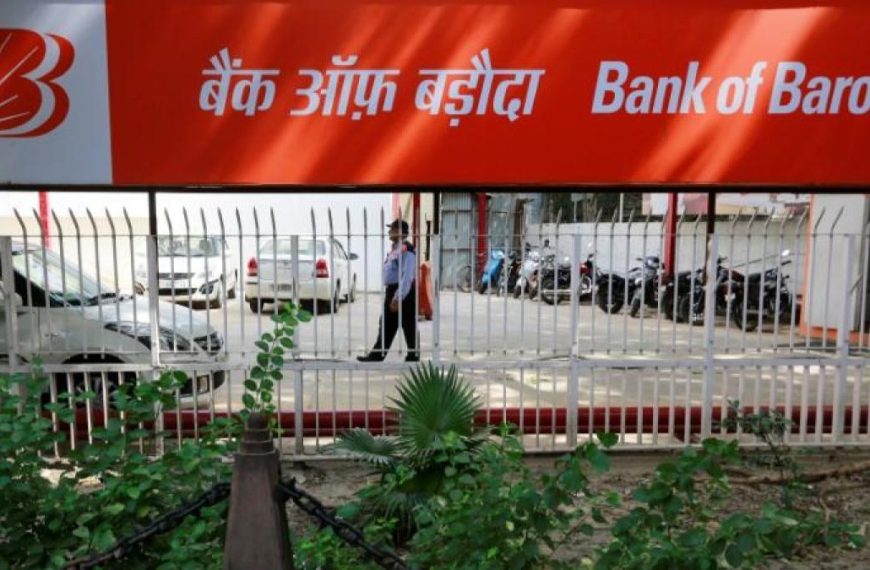The financial markets are displaying encouraging signs of recovery following a recent period of sharp declines. A particularly positive development is the consistent influx of funds from foreign institutional investors (FIIs), who have collectively invested over ₹19,000 crore in March alone. This shift comes after five consecutive months of FII sell-offs, effectively boosting investor confidence in the market.
Signs of Recovery: Are FIIs Making a Comeback?
While the recent FII activity is promising, it’s crucial to determine whether this trend signifies a sustained recovery or if it’s simply a temporary blip. Akshay Chinchalkar, Head of Research at Axis Securities, notes that FIIs have poured ₹19,831 crore into Indian markets thus far this month. The future of this investment trend hinges on several factors:
- Stability of the Indian Rupee: A reduction in currency volatility is essential.
- US Treasury Yields: Declining treasury yields in the U.S. and expectations of lower government securities yields in India could influence FII sentiment.
- Tariff Policies: Future tariffs from the U.S. administration will play a critical role.
- Valuation Comparisons: India’s attractiveness relative to other emerging markets (EMs) remains a key consideration.
- Global Risk Appetite: A favorable climate for equities worldwide could enhance FII participation.
Analyzing Recent FII Activity
FII Net Investment Over Recent Months
To provide context, here’s a summary of FII buying and selling from the past six months:
- October 2024: ₹-11,445.89 crore
- November 2024: ₹-45,974.12 crore
- December 2024: ₹-16,982.48 crore
- January 2025: ₹-87,374.66 crore
- February 2025: ₹-58,988.08 crore
- March 2025 (until March 25): ₹-6,984.80 crore
This month, however, marks a notable shift with ₹19,831 crore in purchases.
Key Factors Influencing FII Decisions
The Strengthening Rupee
Currently, the rupee is trading at its strongest level since January, rebounding from a nearly 2% decline over the past month and a half due to a stronger dollar. The Reserve Bank of India’s (RBI) liquidity measures have been instrumental in stabilizing the currency.
Shrikant Chouhan, Head of Equity Research at Kotak Securities, emphasizes that FIIs closely monitor both currency trends and corporate earnings. For emerging markets like India, these indicators reflect the intentions of policymakers and corporate health. A stabilizing rupee and improved valuations could make Indian markets more appealing to FIIs after April 2, when clarity on U.S. tariffs is expected.
Increasing Likelihood of Rate Cuts
Recent declines in inflation and the strengthening rupee are viewed as positive indicators that may lead to further rate cuts during the RBI’s Monetary Policy Committee meeting scheduled for April 7-9. Market analysts believe that this could benefit not only the Indian economy but also enhance India’s competitiveness among EMs.
Venkatesh Balasubramanian, MD & Co-Head of Research at JM Financial Institutional Securities, observes that after a 10% market correction, Indian valuations are nearing their historical averages. With expectations of a rebound starting in Q4 FY25, the potential for a continued FII return is becoming more plausible, particularly with Brent Crude prices falling significantly from $90 per barrel.
Anticipating Earnings Growth
The upcoming Q4 earnings season is poised to be pivotal. Following a lackluster Q3, there are rising expectations for Indian corporations to show signs of recovery in the next few quarters, potentially attracting more FII interest.
Siddhartha Khemka, Head of Research at Motilal Oswal Financial Services, highlights that the Nifty 50 and Sensex indices have surged approximately 7% this month, primarily due to FII purchases. Additionally, promising data on cooling inflation and improved GDP growth further enhances market sentiment. However, sustaining this momentum will depend on various factors, including the resolution of U.S. tariffs, forthcoming corporate earnings reports, and FII flows.
Conclusion: Watching for Global Signals
Market analysts and FIIs remain vigilant, looking for a mix of domestic and global signals before making substantial investments in Indian markets. The Securities and Exchange Board of India (SEBI) has also eased regulations for foreign portfolio investors, potentially facilitating further investments.
The future looks promising, but the landscape will continue to evolve based on economic conditions, earnings growth, and international market dynamics.











